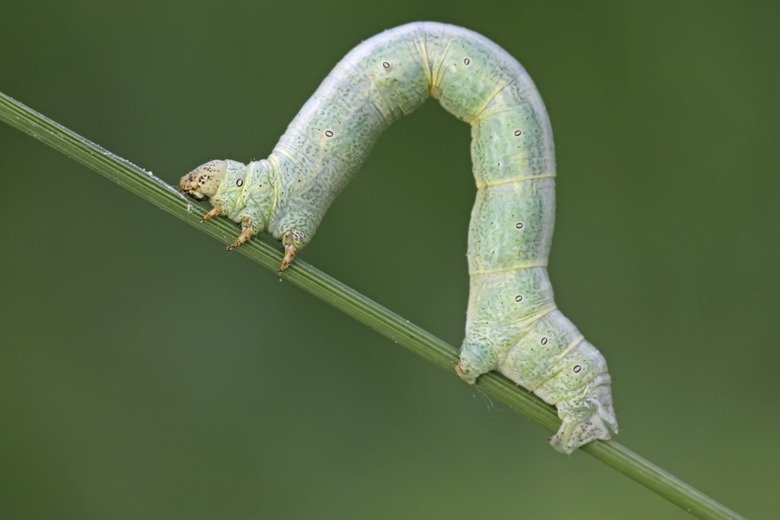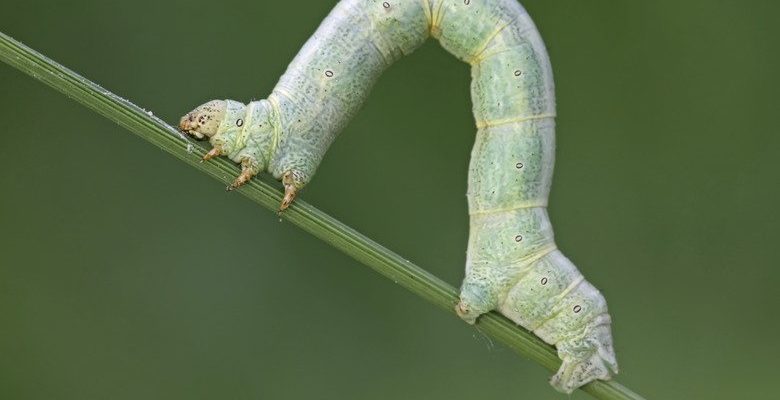
Inchworms are the larvae of moths, and while they may not be as glamorous as butterflies, they go through their own unique stages of growth. This makes inchworm metamorphosis a cool project for students. It’s not just about watching; it’s about learning how nature works, discussing what they observe, and maybe even getting a little attached to their wiggly companions. So, grab your supplies, and let’s dive into how you can set up this fascinating observation right in your classroom!
The Inchworm Life Cycle: An Overview
Before diving into the observing stage, it’s helpful to understand the complete life cycle of an inchworm. It generally consists of four key stages: egg, larva (the inchworm), pupa, and adult moth.
Let’s break it down a bit:
- Egg: This is where it all begins. The adult moth lays tiny eggs on leaves or in soil. These eggs hatch into inchworms.
- Larva (Inchworm): This is the fun part! The inchworm is the larval stage that munches on leaves, growing as it sheds its skin multiple times.
- Pupa: After feeding, the inchworm wraps itself up in silk to enter the pupal stage, resembling a cocoon.
- Adult Moth: Finally, the inchworm emerges as a full-grown moth, ready to start the cycle all over again.
Understanding this cycle helps students appreciate the changes they’ll observe. It’s like reading a story where the main character evolves, teaching us about growth and change.
Setting Up Your Observation Station
Now that you know what to expect from the inchworm life cycle, it’s time to set up an observation station. You don’t need much—just a few materials and a good spot for your inchworms.
Here’s what you’ll need:
- A clear container: This could be a jar or a terrarium where inchworms can live safely while being visible.
- Leaves or plants: Inchworms love to munch on leaves, so gather some fresh greens like oak or maple leaves.
- A notebook: This is for the students to jot down their observations. Encourage them to draw pictures or write notes!
Once you’ve gathered everything, place the inchworms in the container with some leaves. Make sure it’s in a location with natural light for better visibility. Watching these inchworms over time can spark lots of curiosity as they go through their different stages of metamorphosis.
Engaging Students with Observation Activities
Watching inchworms metamorphose can be thrilling, but to make the most out of this experience, engage your students with various activities. These can help reinforce what they see and make the learning process more interactive.
Consider these ideas:
- Observation Notes: Have students take turns describing what they see each day. They can note the inchworm’s size, color, and behavior.
- Illustrate the Life Cycle: Ask students to create drawings showcasing each stage of the inchworm’s life cycle. This visual representation can help cement their understanding.
- Discussion Time: Create a circle where everyone shares their findings. Each student can have a chance to express what surprised them or what they found most interesting.
You might be wondering why these activities are important. Engaging exercises help students remember what they learn. Plus, it sparks their interest in biology and the natural world around them.
Understanding the Importance of Patience
One of the most valuable lessons students can learn by observing inchworm metamorphosis is patience. Nature doesn’t rush, and neither should we.
Here’s the thing: when you’re checking in on inchworms daily, you might not see immediate changes. This is where waiting becomes a key learning experience. Encourage students to reflect on feelings of anticipation and excitement as they look forward to seeing changes in their inchworms.
You could even relate this back to their own lives—how sometimes, the best things take time to develop. Whether it’s a new skill or a project, patience is a virtue that grows stronger through experiences like this.
Connecting Inchworms to Broader Biological Concepts
Inchworm metamorphosis is a gateway to discussing broader biological concepts, like ecosystems and food chains. Inchworms play a role in their environment, serving as food for various animals.
You can use this opportunity to introduce:
- Ecosystem Connections: Discuss how inchworms fit into the ecosystem. They help cycle nutrients as they decompose leaves.
- Food Chains: Illustrate how inchworms fit into food chains, serving as prey for birds and other animals.
By making these connections, students can begin to see the bigger picture of how all organisms interact and depend on one another. It enhances their understanding of life cycles, not just for inchworms but for all creatures.
Wrapping Up the Observation Experience
As your observation project comes to a close, it’s a great time for reflection. Allow students to share their overall feelings and insights. What did they enjoy the most? Did any surprises pop up during the process?
You can encourage them to think about:
- Lessons Learned: Think about the patience required and how nature unfolds over time.
- Future Projects: Discuss other insects or creatures they might want to observe next.
Ending the project on a reflective note helps solidify the learning experience. It teaches students that each observation is part of a larger journey in understanding our natural world.
Observing inchworm metamorphosis in the classroom isn’t just about watching insects change; it’s an engaging way to teach students about patience, biology, and the beautiful cycles present in nature. With a bit of preparation and creativity, you can create an enriching experience that sparks curiosity and fosters a love for learning.

